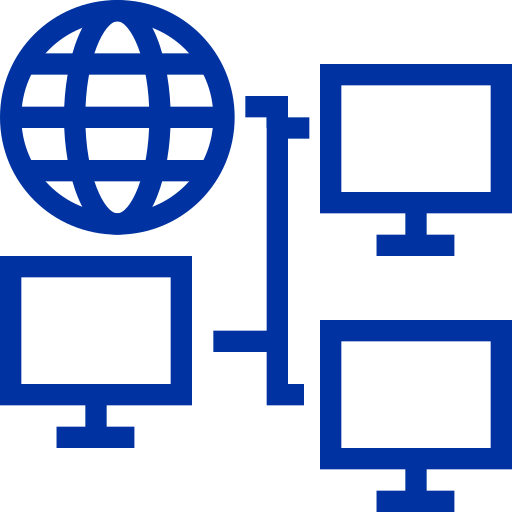TechOps Managed Services
Business Continuity with Managed IT Needs
IT industry is growing at high speeds, with new technology solutions and processes marking their foray now and then.
In this openly-competitive environment, gaining a competitive edge has become critical, and keeping the business running is the need of the hour.
As the focus is more on innovation and speed of delivery, it is quite logical that everything can’t be self-made or self-managed
This is where the concept of Managed IT Services emerged as third-party support to IT firms striving to keep their business running uninterrupted.
In this openly-competitive environment, gaining a competitive edge has become critical, and keeping the business running is the need of the hour.
As the focus is more on innovation and speed of delivery, it is quite logical that everything can’t be self-made or self-managed
This is where the concept of Managed IT Services emerged as third-party support to IT firms striving to keep their business running uninterrupted.
Defining Managed IT Services
Managed Services Offerings or Managed IT Services refers to the IT support services offered by a third-party, i.e., IT Managed Service Provider (MSP), who addresses some or all sorts of IT requirements. Managed IT services can happen on-demand, short term or on a contractual basis for a long-term duration.
In other words, this can also be explained as outsourcing a range of IT needs, including infrastructure, applications, security, and maintenance, to managed IT service providers.

IT Managed Service Providers (MSPs)
In a broader perspective, managed IT service providers can be categorized into:
Low-Level MSPs
Offer essential IT support services such as alerting, monitoring, and process continuity, with little focus on the IT business side and planning.
Medium Level MSPs
Beyond process continuity, disaster recovery and maintenance to enhancing scalability and further are part of this offering.
High-Level MSPs
Offer a complete set of managed services offerings at their facility, combining high-level and lower-level services.
Types of Managed IT Services
In these three different categories, IT MSPs provide a wide range of managed service offerings, including:

Application Management and Support Services (AMS)
Managing application portfolio is no more complex. Besides back-office support, AMS promises predictability, improved speed and efficiency, continuous visibility and monitoring. Use the proven methods and enhance your application maturity. AMS offerings include ‘Modernization’, ‘Portfolio Management’, ‘Enterprise Integration’ and ‘Development and Maintenance’

Cloud Managed Services
Managed IT service providers to take care of your storage, networks, OS, tools, and applications that run on top of the infrastructure. Ultimately, the decision-making over outsourcing and keeping in-house remains with the organization.

Managed Security Services
Maintaining a robust IT security posture is key to business success today. Challenged with this, Managed Security Services can address this concern by managing core activities security monitoring, threat detection and response, and compliance management.

Networks and Infrastructure
Forget the loss of connectivity; top managed service providers take care of all network tasks, from establishing connections to managing them and preparing the underlying infrastructure.
Business Outcomes
With these wide range of managed IT services, MSPs promise organizations many business-side benefits such as:
- Core Business Focus
- Enhanced Security Posture
- Technology Expertise
- Operational Efficiency
- Standardized Processes
- Improved Responsiveness
- Reduced IT Costs
- Improved Business Continuity
